Model railroad track codes
Breaking the Code
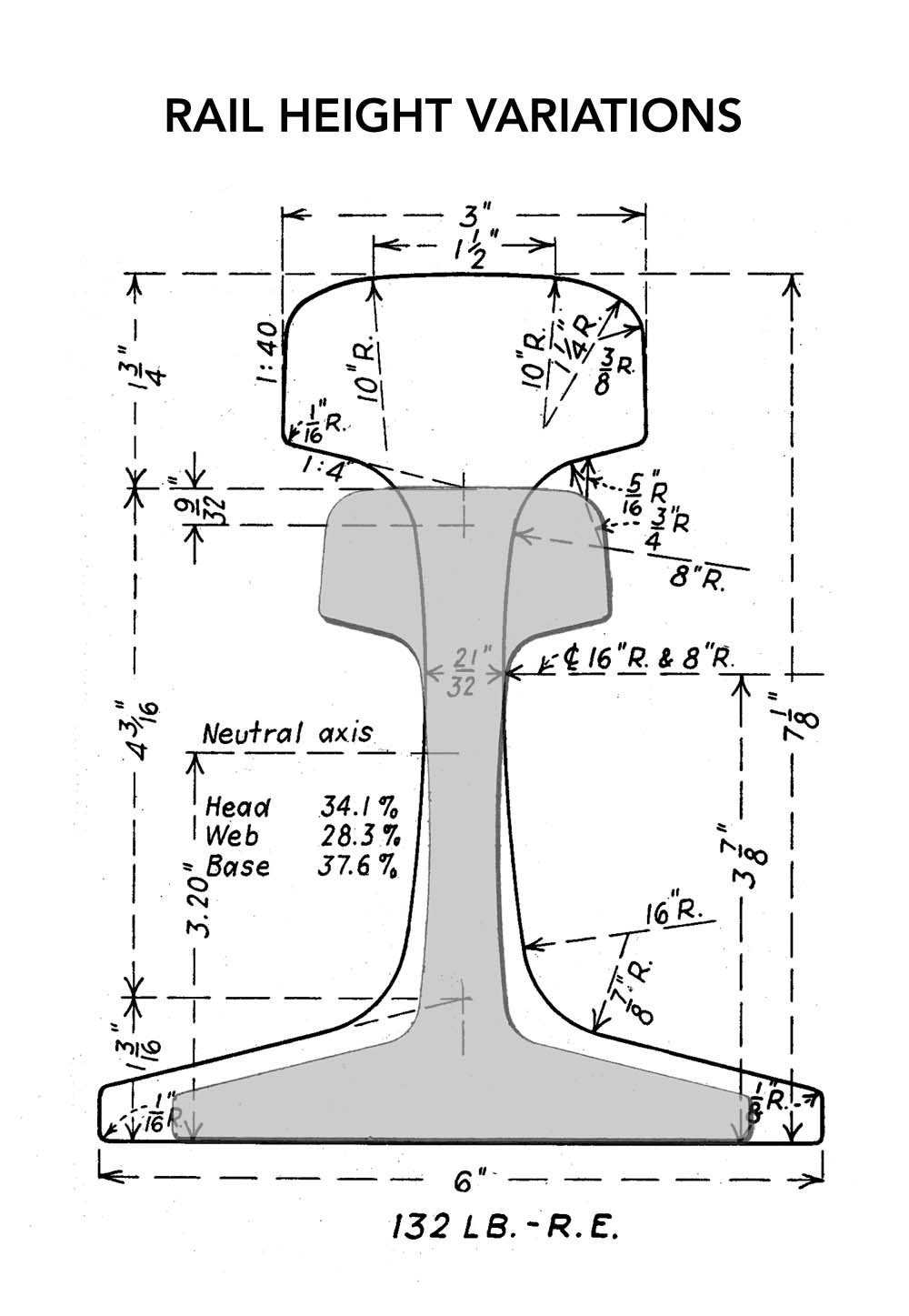
Model railroad track is sold in rail height variations called “codes.” This indicates the height of the rail in thousandths of an inch.
- Code 100 (.100″)
- Code 83 (.083″)
- Code 70 (.070″)
Common sizes in N scale:
- Code 80 (.080″)
- Code 55 (.055″)
- Code 40 (.040″)
How rail weight & code relate
Note that some model track scales work out to be extremely heavy (code 100 in HO is oversize for almost all prototype rail; code 80 in N is grossly oversize for all prototypes). Using different sizes is a good way to differentiate the apparent purpose of model track: for example, in HO, using code 83 for the main line and code 70 for spurs and sidings.
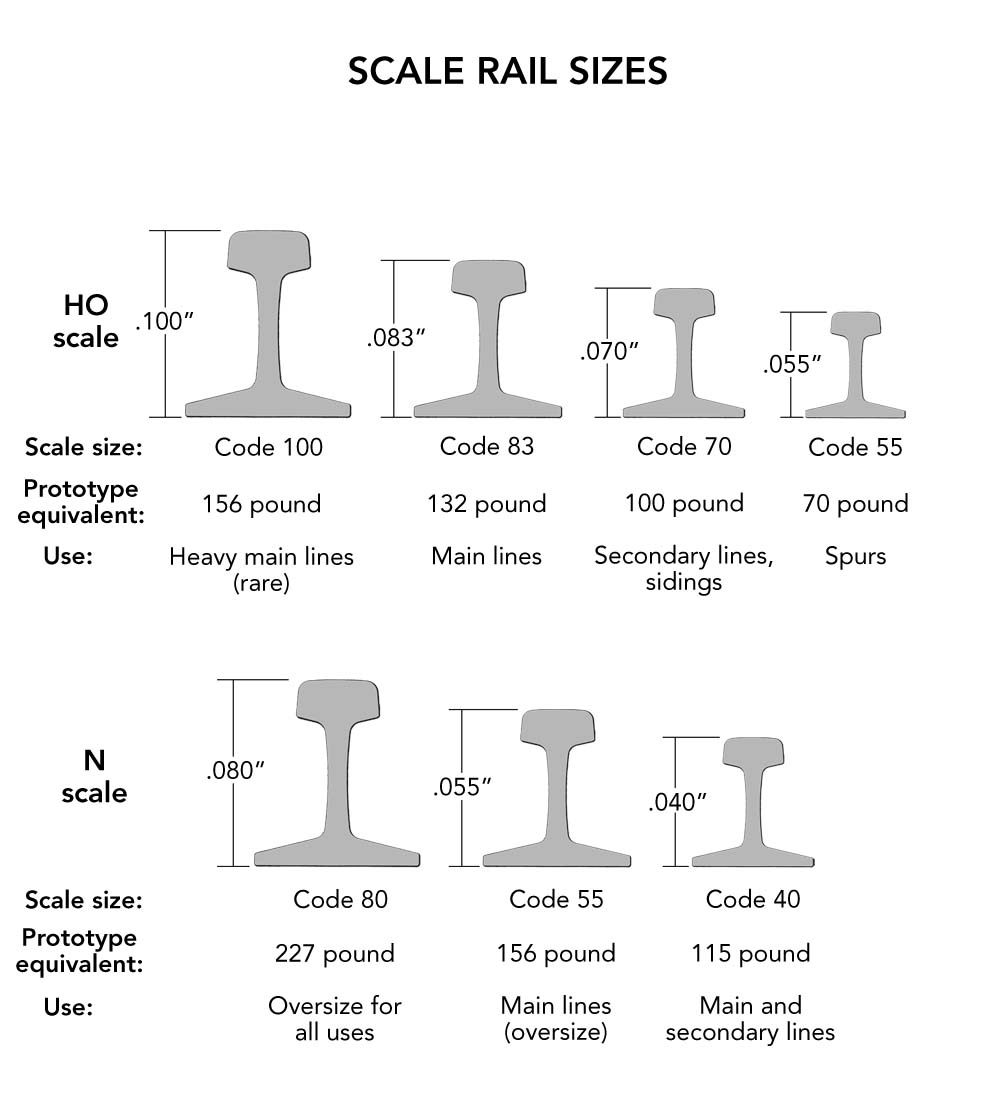
Rail size is rated by weight, in pounds per yard. Early rail was light, only 36 to 60 pounds per yard. By 1900, mainline rail was typically 90 pounds, with 112-pound rail by the mid-1930s. In 1921, the average rail weight on Class I railroads was 82.8 pounds; by 1956 it was 105 pounds. Rail at 132 pounds was used on heavy-traffic lines by the 1940s, and the Pennsylvania Railroad was noted for its massive 152-pound rail that it began using on some routes in the 1930s. Today, most mainline rail is 136 or 141 pounds, but there is still plenty of lighter rail on secondary lines, branch lines, passing sidings, and industrial tracks.The tremendous growth in the North American rail network and expansion of lines from the late 1800s into the 1900s meant there was a huge market for new rail, and by the 1890s, manufacturers were producing rail in 119 different profiles and 27 weights. Rail designs were eventually standardized under the direction of the American Railway Association (ARA) starting in 1905 (the American Association of Railroads after 1934).
Differences in rail profiles include depth of the head and width of the web and base. As modelers, we don’t have to concern ourselves with that, but we need to be aware of the most-visible spotting feature of rail: the height.
Brass, nickel-silver or steel?
You’ll also be faced with choosing brass, nickel-silver, or steel rail. At one time nearly all HO track was made with brass rail. However, the yellow color isn’t realistic and brass must be kept quite clean for efficient electrical contact. Also, it is difficult to buy brass new. Nickel silver is a similar soft-metal rail with a more realistic silver-gray color and better electrical conductivity. Steel rail is used in Bachmann’s flextrack and its color is perfect, but the rails are difficult to cut and file.
Small flat metal sleeves called rail joiners are used to connect sections of scale track. Molded plastic rail joiners are used for electrically insulated joints.
Additional reads
- Don’t forget to check out “Ask MR: What prototype rail weights do scale track codes correspond to?”
- Modeler’s Guide to the Right of Way by Jeff Wilson (sections of book included in this article)
- The basics of model railroad track
- Track types and uses: a beginner’s guide
- Model train scales explained





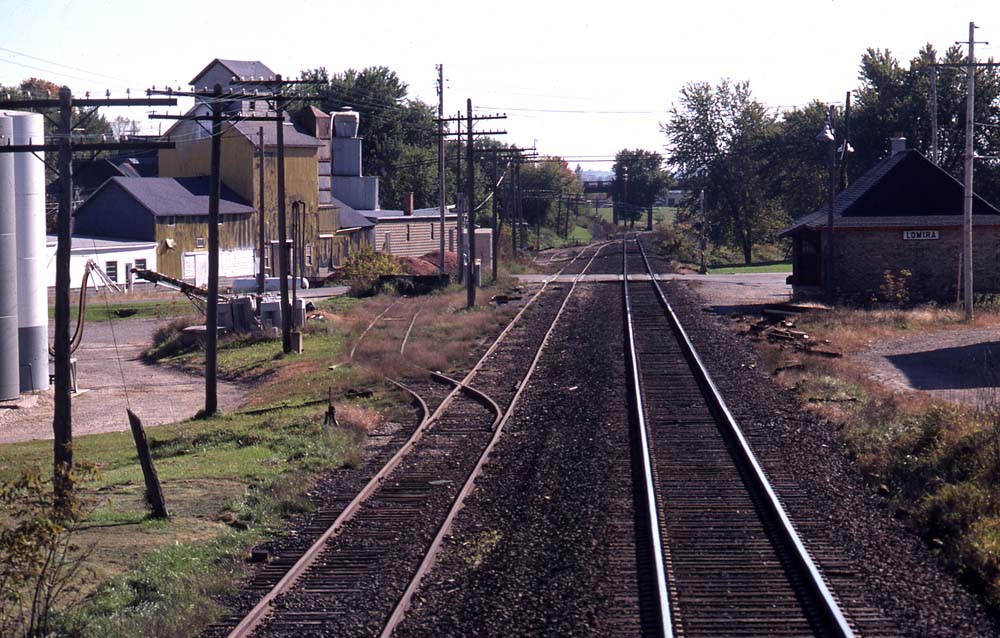

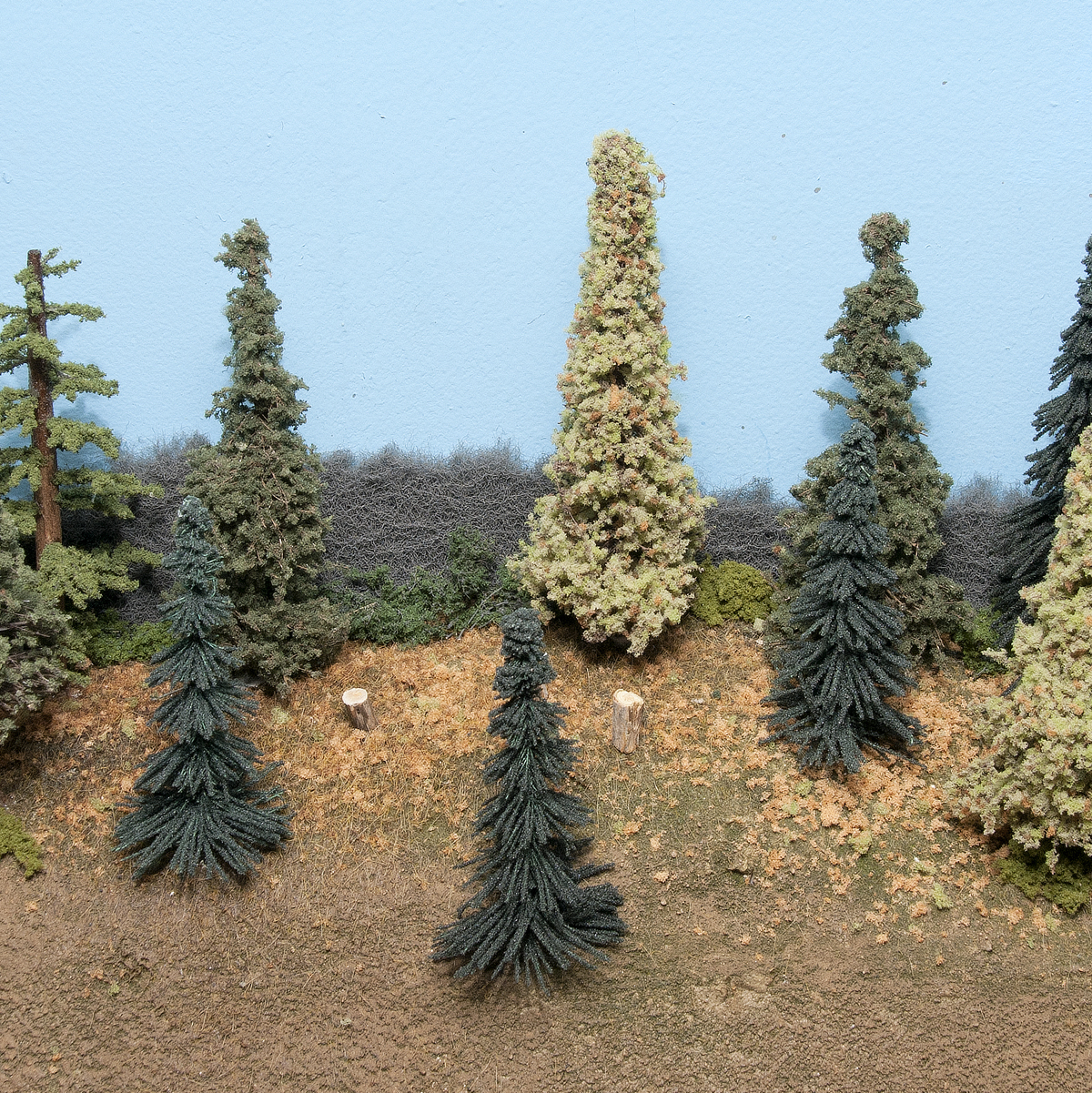
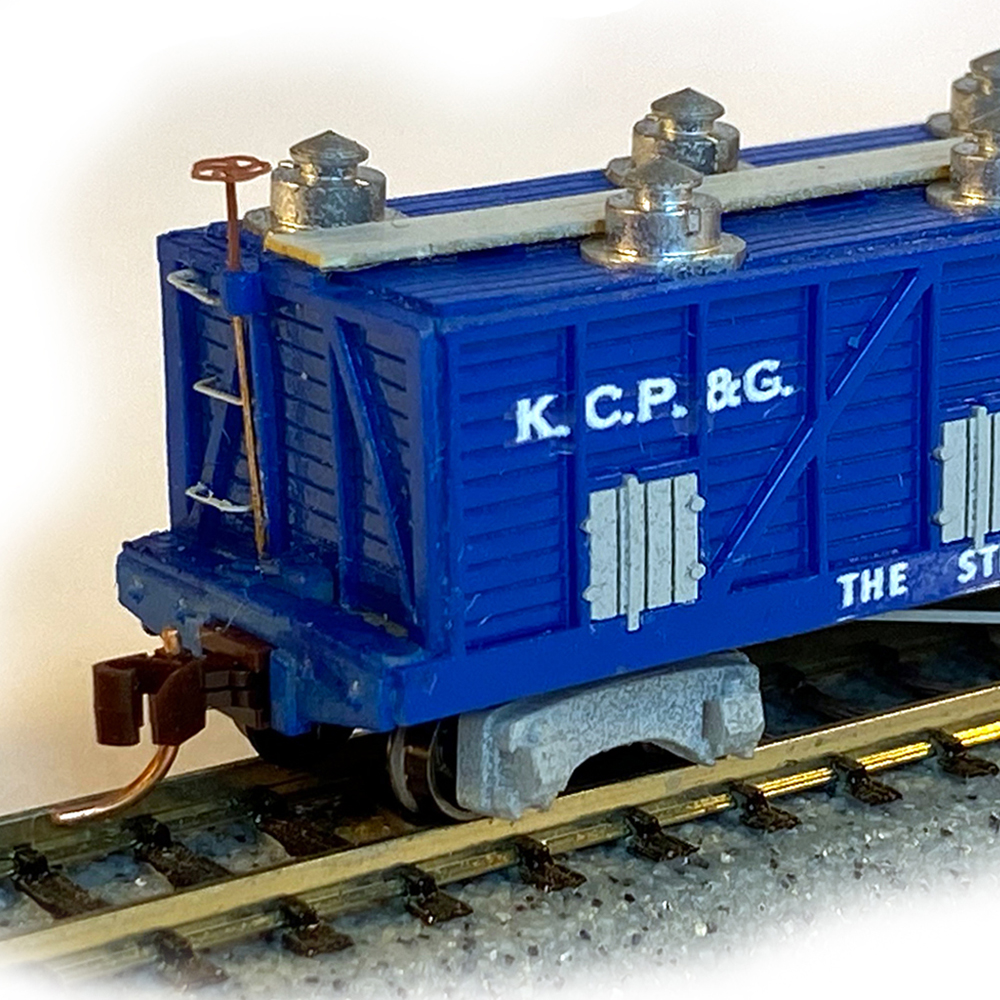
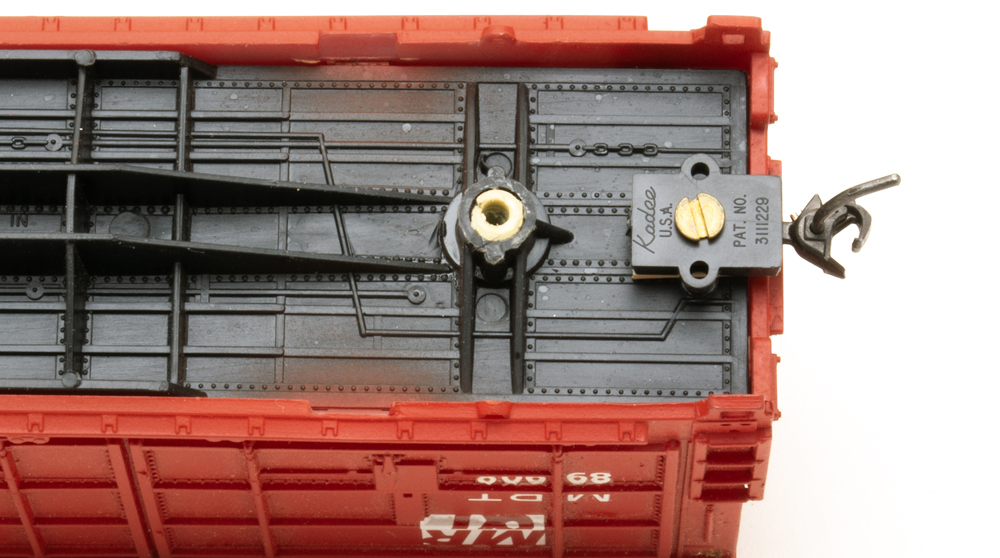
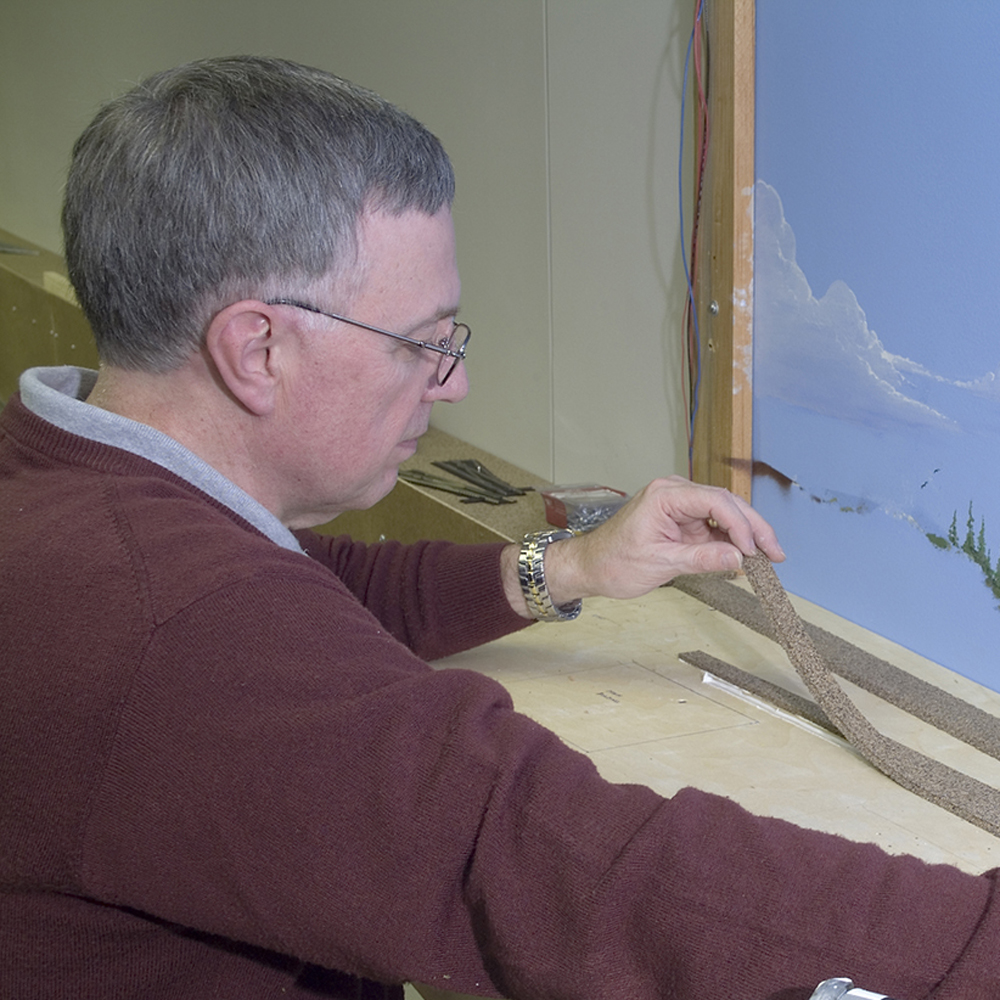




What about O scale?